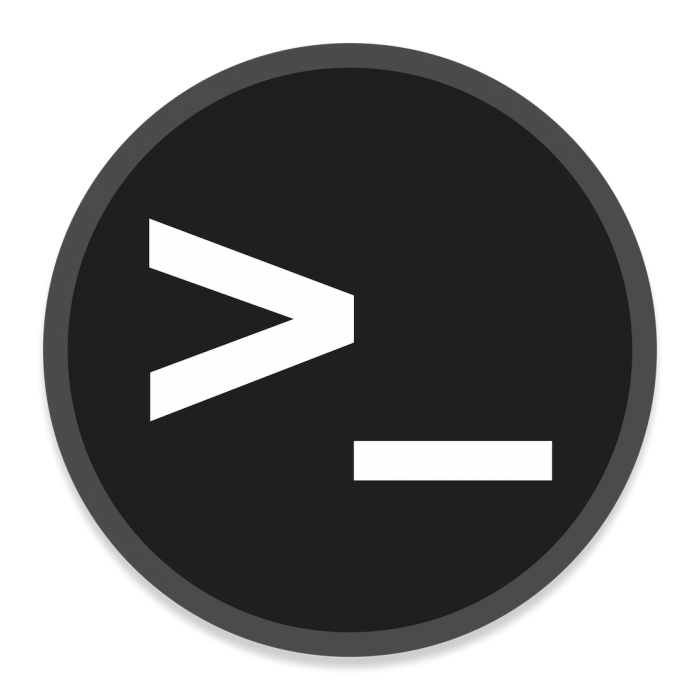

Maven and later gradle, groovy and spring boot really made it more fun to use.
There is no better example of “to each their own.”
I started programming Java professionally when it was still called “Oak.” I was working at a University doing distance learning stuff and applets were incredible. They were also the thin end of the wedge, although I didn’t know it at the time.
I watched over the years as a nice, concise, core library of a dozen packages swelled like a bloated corpse. The last core library book I contributed to was larger than War & Peace, a veritable tome just to describe the standard library.
And then tooling like Maven and Gradle came along, and frameworks like Spring Boot became unavoidable, and I found more of my time was spent not programming but trying to detangle some horrible maven build config. In XML. That’s about the time I jumped ship.
My philosophy is: tooling is fine, but if it takes over the project so that it’s impossible to build the project without it it’s not tooling anymore, it’s a framework - a platform - that you’re locked into. You get to spend your time debugging issues with the framework, over which you have no real control, where your best hope is work-arounds and crossing your fingers that upstream fixes their shit before your work-around becomes permanently engraved into the build.
It’s funny to me that what I saw as bloated distraction, a hateful corruption of simplicity onto layers of obfuscation that themselves became platforms needing maintenance and debugging, would have been a pleasant and even fun addition to the ecosystem.












LogSeq has other note types; it’s just the default is bullets.
LogSeq is about as future proof as you can get. Notes are stored in a directory tree as markdown files.